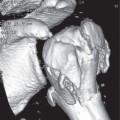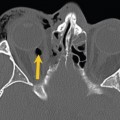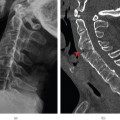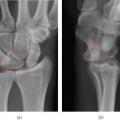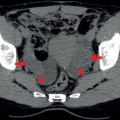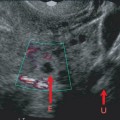2Barts Health NHS Trust, The Royal London Hospital, London, UK
3The London Independent Hospital, London, UK
- Trauma is common and a leading cause of morbidity and mortality
- Time is a critical factor in determining patient outcome
- MDCT is the single greatest recent advance in trauma care
- Advanced trauma life support (ATLS) principles for initial management—primary survey
- Primary CT survey versus primary clinical survey
Trauma has been and remains one of the leading causes of death, in particular in the 1- to 44-year-old age group. Despite this, trauma has been neglected and remained a subject unworthy of study, research and funding. There are an estimated 3.8 million deaths worldwide and 10 million people permanently disabled every year.
In 1966, a landmark white paper, ‘Accidental death and disability, the neglected disease of modern society’, highlighted the problems in the management of trauma, leading to guidelines to establish regionalised trauma care. The standard of trauma care and clinical outcomes varies hugely, not only between developed and third world countries, but also within developed countries. Severely injured patients in the UK have a 20% higher mortality than in the USA. It is estimated that 3000 of the 16,000 annual trauma deaths are preventable. Despite two highly critical reports of trauma care—‘Retrospective study of 1000 deaths from injury in England and Wales (1988)’ and ‘The management of patients with major injuries (1988)’—and the implementation of ATLS, there has been a ‘Lack of change in trauma care in England and Wales since 1994 (2002)’ and ‘The National confidential enquiry of patient outcome and death (2007)’ reported recently that 60% of trauma victims had substandard care in the UK. Specific recommendations were made to address these recognised deficiencies, firstly by organisation of trauma care into regional systems and secondly by a multidisciplinary approach.
There have been huge technological advances in radiology in the past decade, not least the advent of PACS (Picture Archiving and Communications systems) and multidetector computed tomography (MDCT). This has revolutionised the role of radiology and of the radiologist, requiring a 24/7 round-the-clock service in specialist trauma centres. It is widely accepted that MDCT is the single greatest recent advance in trauma care. A complete review of present practice is necessary in order to benefit from MDCT, not least the fundamental principle of ATLS that definitive diagnosis is not necessary for the initial management of a traumatised patient.
Nevertheless, ATLS remains the standard method of care for the initial management of severely injured patients. The principle is simple—treat the greatest threat to life first. Loss of airway will kill before inability to breathe, and inability to breathe will kill before bleeding and loss of circulation. Although a definitive diagnosis is not necessary for initial patient care, with the advent of MDCT, it is now recognised that a definitive diagnosis where possible is preferable and often guides the overall patient care. The most important principle to remember is do no harm to the patient during examination, investigation and treatment.
The notion that Time is Golden makes good common sense and two factors have been shown to correlate with improved patient outcome, namely time from initial admission to CT and time from admission to definitive care. Clinical examination of the obtunded traumatised patient has been shown to be unreliable at best and misleading at worst, therefore don’t examine patients to death and taking unnecessary X rays or even taking X rays at all may delay definitive care, so don’t X-ray patients to death.
The management of severely injured patients is divided into the primary and secondary survey. This chapter deals with the imaging during the primary survey.
Primary survey—ATLS
The main goal of the pre-hospital phase of ATLS is to deliver a patient rapidly and safely to hospital (Box 17.1). Patients are transferred to the resuscitation room and the aim of the primary survey in ATLS is to do a rapid evaluation of the patient, resuscitate and stabilise the patient with a view to proceeding to definitive treatment. This process is called the ABCDE of trauma (Box 17.2). Adjuncts to the primary survey include relevant imaging during resuscitation and re-evaluation.
- Airways and cervical spine control
- Breathing and ventilation
- Circulation and haemorrhage control
- Disability and neurological status
- Exposure and environment
- Airway and cervical spine control
- Breathing and ventilation
- Circulation and haemorrhage control
- Disability and neurological status
- Exposure and environment
Figure 17.1 Normal anteroposterior (AP) chest.
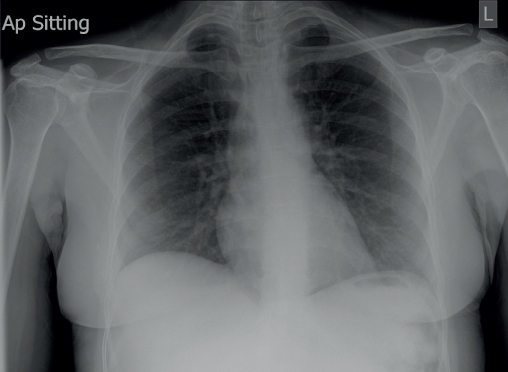
ATLS works on a step-by-step approach carried out by a single operator (vertical approach) with minimal assistance, treating the greatest threat to life first. Nowadays it is a concept or a common language and in practice, most of the steps of the ABCDE are carried out simultaneously by a trauma team (horizontal approach). Anaesthetists will usually deal with the airway and intravenous access, while the surgeon evaluates the chest, abdomen, and pelvis for potential life-threatening injuries.
Imaging is requested as part of the primary survey while the patient is assessed, life-threatening injuries are dealt with, and resuscitation procedures instituted. Imaging should not be performed if it interferes with the rest of the primary survey or definitive care, and only investigations that may have a direct effect on the patient’s initial problems should be carried out.
Traditionally, imaging performed as part of the primary survey includes the supine chest and pelvis radiographs (Figures 17.1 and 17.2) and limited ultrasonography (FAST—focused assessment with sonography for trauma). The advent of MDCT scanners now means that in major trauma centres, CT can be incorporated into the primary survey, even in relatively unstable patients (Box 17.3). The main problem is delay of transfer from the emergency room to the CT room.
Figure 17.2 Normal pelvis.
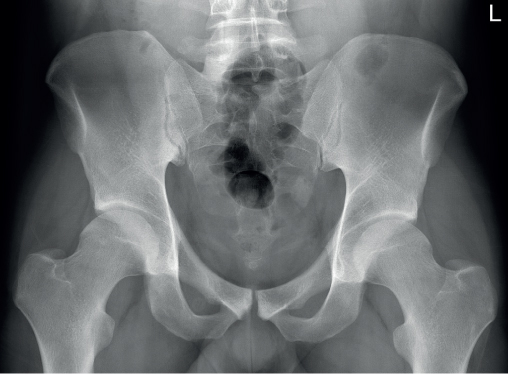
- Airways and cervical spine control
- Breathing and ventilation
- CT, contrast and circulation
- Definitive diagnosis and treatment
- Evaluation
Airway and cervical spine control
The airway should be assessed for patency. Foreign bodies and vomit should be removed and facial, mandibular, tracheal and laryngeal injuries should be excluded clinically.
Stay updated, free articles. Join our Telegram channel

Full access? Get Clinical Tree


